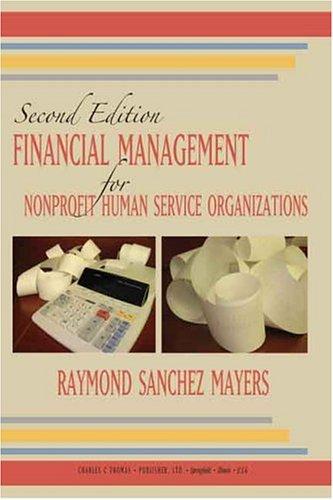
A project requires an initial investment (i.e., at t=0) in equipment of $200,000. At t=3, the project will end and the company plans to sell the equipment for $5,000. The equipment can be depreciated according to the three year schedule, which allows depreciation of 33.33% at t=1, 44.45% at t=2, 14.81% at t=3, and 7.41% at t-4. Depreciation will be based solely on the initial cost of the equipment (i.e., when calculating depreciation, ignore any salvage value). This project is expected to produce sales revenue of $300,000 the first year (i.e., at t=1); this revenue will increase by 10% per year over the next two years (i.e., t=2 and t=3). Manufacturing costs are estimated to be 60% of sales. A key marketing study was completed last year; the cost of this study was $50,000. This project requires working capital. Specifically, at each point in time, the working capital required is equal to 20% of the predicted revenue the next year. So, for example, working capital required at trois 20% of $300,000, or $60,000. Working capital will be fully recovered at t=3. The corporate tax rate is 35%. The company's tax situation is such that it can make use of all applicable tax shields and deductions. The opportunity cost of capital for this project is 10%. 4. A. Calculate the Net Present Value of the project. B. Keeping all other assumptions the same, what must t=1 Revenue be in order for this project to have a zero NPV? c. Keeping all other assumptions the same, what must t=1 Revenue be in order for this project to have zero Profit After Tax at t=1? What is the project's NPV now? A project requires an initial investment (i.e., at t=0) in equipment of $200,000. At t=3, the project will end and the company plans to sell the equipment for $5,000. The equipment can be depreciated according to the three year schedule, which allows depreciation of 33.33% at t=1, 44.45% at t=2, 14.81% at t=3, and 7.41% at t-4. Depreciation will be based solely on the initial cost of the equipment (i.e., when calculating depreciation, ignore any salvage value). This project is expected to produce sales revenue of $300,000 the first year (i.e., at t=1); this revenue will increase by 10% per year over the next two years (i.e., t=2 and t=3). Manufacturing costs are estimated to be 60% of sales. A key marketing study was completed last year; the cost of this study was $50,000. This project requires working capital. Specifically, at each point in time, the working capital required is equal to 20% of the predicted revenue the next year. So, for example, working capital required at trois 20% of $300,000, or $60,000. Working capital will be fully recovered at t=3. The corporate tax rate is 35%. The company's tax situation is such that it can make use of all applicable tax shields and deductions. The opportunity cost of capital for this project is 10%. 4. A. Calculate the Net Present Value of the project. B. Keeping all other assumptions the same, what must t=1 Revenue be in order for this project to have a zero NPV? c. Keeping all other assumptions the same, what must t=1 Revenue be in order for this project to have zero Profit After Tax at t=1? What is the project's NPV now







